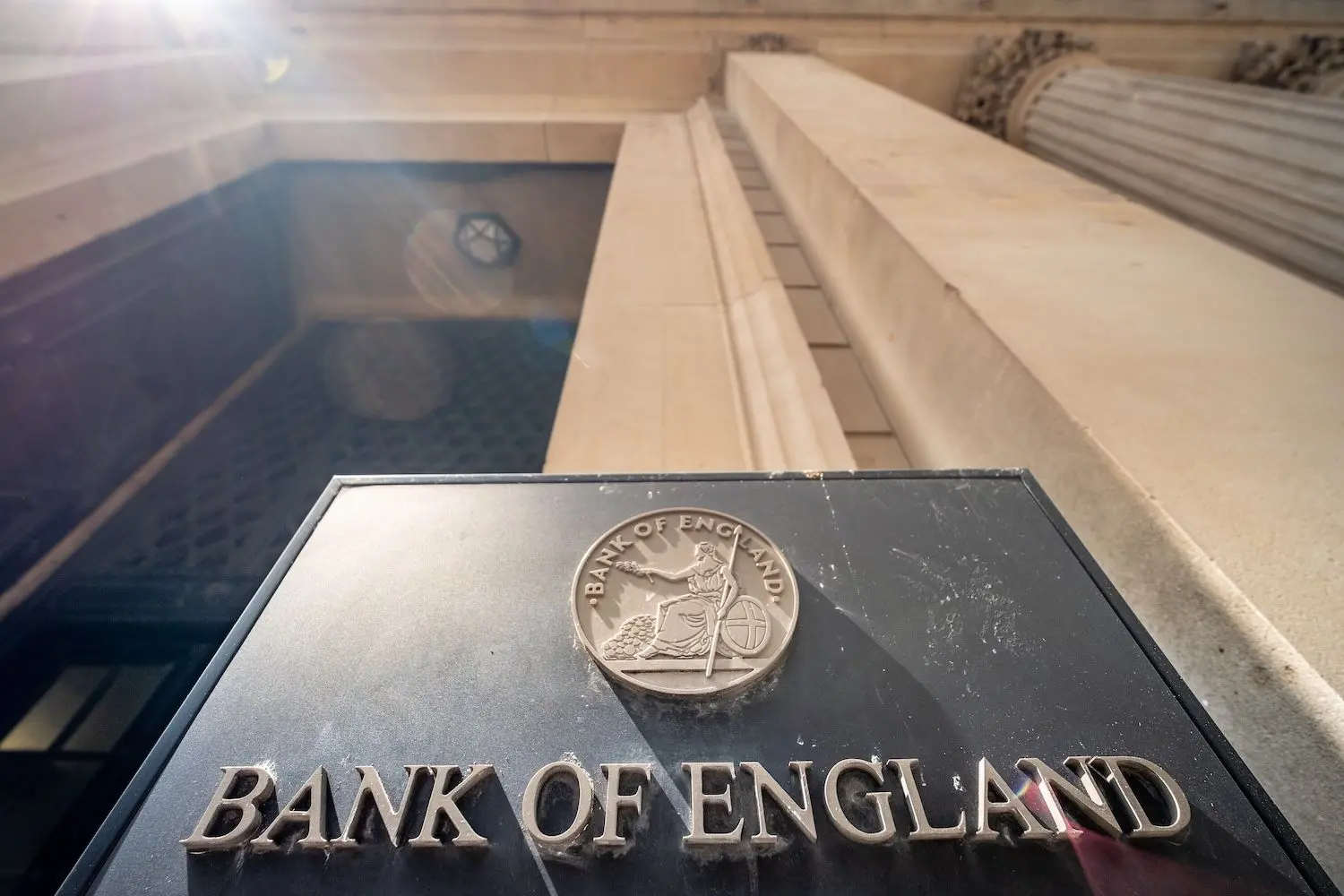A senior Bank of England official called for stronger regulatory coordination between the U.S. and Britain on stablecoins, announcing the central bank will publish softened proposals next week that apply only to cryptoassets deemed capable of widespread payment use.
What to Know:
- The Bank of England will release its stablecoin consultation on November 10, easing previous regulatory proposals after industry pushback on holding limits
- Deputy Governor Sarah Breeden is working with Federal Reserve officials to synchronize U.S.-UK approaches to digital asset regulation
- The new framework will create a two-tier system where "systemic" stablecoins face stricter oversight while others fall under lighter Financial Conduct Authority rules
Cross-Atlantic Coordination Takes Shape
Sarah Breeden, the Bank of England's deputy governor, told attendees at London's SALT conference Wednesday that regulatory alignment between Washington and London matters for the emerging stablecoin market. She confirmed the central bank's consultation would arrive November 10, marking a shift from earlier, more restrictive approaches.
"I've been talking to the Federal Reserve," Breeden said. "The regulators over there and our finance ministries are working together."
The push for coordination follows a September announcement by U.S. and British officials establishing a joint task force focused on digital assets and capital markets.
Stablecoins, which are cryptoassets pegged to traditional currencies or other reserve assets, have drawn increasing regulatory attention as their use in payments grows.
Regulatory Framework Splits Oversight
The Bank of England's planned framework divides stablecoins into two categories based on their potential market impact. Those classified as "systemic" — meaning they could become widely adopted for payments — would face stringent central bank oversight.
The Financial Conduct Authority would handle regulation of smaller stablecoins under less demanding requirements.
This two-tier approach represents a retreat from the bank's earlier proposals, which drew sharp criticism from the cryptocurrency industry. The central bank had suggested imposing limits on how many cryptoassets individuals and businesses could hold, a restriction that hasn't appeared in regulatory frameworks being developed in other major financial centers.
Industry groups argued such holding caps would stifle innovation and put British firms at a competitive disadvantage.
The decision to soften the proposals suggests regulators heard those concerns, though the extent of the changes won't be clear until the consultation document becomes public.
Breeden emphasized that regulators on both sides of the Atlantic understand the importance of keeping their approaches roughly aligned.
She said it was "really important" for the two countries to stay synchronized on stablecoin rules.
Looking Ahead
The November 10 consultation will provide clarity on how Britain intends to regulate an asset class that sits at the intersection of traditional finance and digital innovation. Whether the softened approach satisfies industry concerns while maintaining adequate safeguards remains to be seen, but the emphasis on U.S.-UK coordination suggests regulators recognize that fragmented rules could undermine both countries' competitiveness in the digital asset space.

